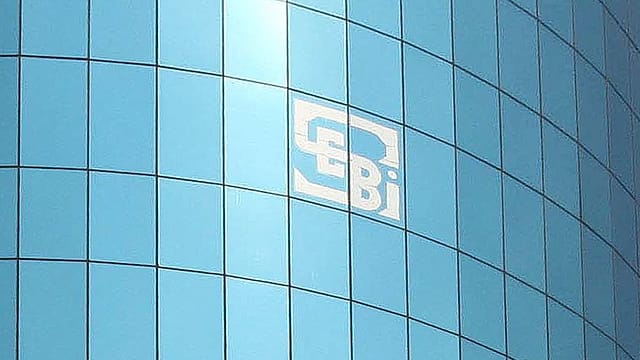SEBI nod for passive ELSS, debt ETFs
ADVERTISEMENT

Capital markets regulator Securities and Exchange Board of India (SEBI) has allowed mutual funds to launch passively-managed equity linked savings schemes (ELSS). This will grant mutual fund investors additional options while making tax-saving investments.
As per the new rules, SEBI has allowed mutual funds to launch either an actively-managed ELSS or a one passively-managed through an index fund. The passive ELSS scheme will have to be based on one of the indices comprising equity shares from top 250 companies in terms of market capitalisation, the regulator states.
The markets regulator has also laid down new norms for debt exchange traded funds (ETFs) and index funds. These debt passive funds could be based on indices comprising corporate debt securities; government securities (G-sec), t-bills and/or state development loans (SDLs); or a combination of the two.
For an index with at least 80% weight of corporate debt securities, the single issuer limit for AAA-rated securities has been pegged at 15%. In case of, AA-rated securities, the single issuer limit can has been set at 12.5%. For securities rated A or below, this limit will be 10%.
For a hybrid index — comprising both corporate debt, and government securities or SDLs — with up to 80% weight of corporate debt securities, a single issuer’s AAA-rated securities cannot exceed 10% of the index. However, this limit can be relaxed to 15% for AAAs-rated securities of PSUs PFI issuers. For AA-rated securities under hybrid index, the single issuer limit is 8% weight of the index, and the same for securities rated A or below is 6%.
December 2025
The annual Fortune 500 India list, the definitive compendium of corporate performance, is out. This year, the cumulative revenue of the Fortune 500 India companies has breached $2 trillion for the first time. Plus, find out which are the Best B-schools in India.
The index can have only 25% exposure in the debt securities of a particular group, excluding securities issued by PSUs, PFIs and PSBs. Also, it shall not have more than 25% weight in a particular sector, SEBI adds, with the exception of G-sec, t-bills, SDLs and AAA-rated securities issued by PSUs, PFIs and PSBs. However, this does not apply to sectoral or thematic debt indices.
SEBI has asked AMCs to ensure that updated constituents of the indices and methodology for all their debt ETFs and index funds are available on their websites. It also mandated historical data of the constituents of indices since inception of schemes to be disclosed on the AMCs’ websites.
“To start with, AMFI shall issue a list of debt indices for launching of debt ETFs/index funds. The list shall be issued by AMFI within one month from the date of issuance of this circular,” the SEBI circular reads.
SEBI has also listed rules for rebalancing the portfolio of the debt ETFs/index funds. In case of change in constituents of the index due to periodic review, the portfolio of ETF/index funds has to be rebalanced within seven calendar days.
In case the rating of any security is downgraded to below the rating mandated in the index methodology, the portfolio should be rebalanced within 30 calendar days. If the rating of any security is downgraded to below investment grade, the said security might be segregated as per the relevant SEBI rules.
“Any transactions undertaken in the scheme portfolio of the ETF/index fund in order to meet the redemption and subscription obligations shall be done while ensuring that post such transactions replication of the portfolio with the index is maintained at all points of time,” SEBI mandates.
AMCs have been asked to appoint at least two market makers (MMs), who are members of the stock exchanges, for ETFs to provide continuous liquidity on the stock exchange platform. These MMs shall transact with AMCs only in multiples of creation unit size.
The AMC will also have to put in place an approved policy regarding market making in ETFs based on the framework for market making. AMCs have been directed to facilitate in-kind creation and redemption of units of ETFs (including debt ETFs) by MMs on a best effort basis.
The minimum subscription amount at the time of new fund offer (NFO) for debt ETFs and index funds and other ETFs and index funds has been kept at ₹10 crore and ₹5 crore respectively. Alternative to the launch of NFO for ETFs, the AMC may contribute the initial fund for unit creation. Subsequently, the AMC can transfer the units of such ETFs to MMs or other investors, subject to compliance with all applicable provisions for launch of ETFs.
